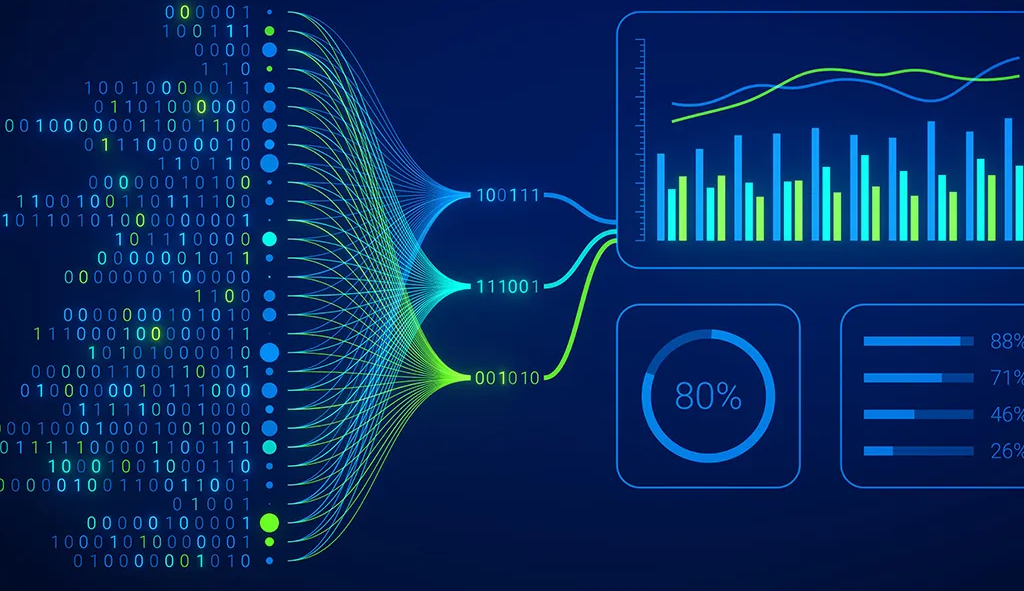Artificial Intelligence Tools and Innovations: How AI is Revolutionizing Industries

The rapid advancement of Artificial Intelligence (AI) is transforming industries across the globe, from healthcare and finance to marketing and beyond. As AI technologies continue to evolve, businesses and individuals are increasingly exploring how they can harness these innovations to stay competitive and drive growth. In this blog, we’ll delve into the latest AI tools, explore their applications, and discuss emerging trends that are reshaping various sectors.
Understanding AI Tools and Their Applications
AI tools are designed to perform tasks that typically require human intelligence, such as learning, problem-solving, and decision-making. These tools are powered by advanced algorithms, machine learning models, and natural language processing capabilities. Here are some of the most impactful AI tools and their applications:
1. Machine Learning Platforms
Machine learning platforms enable systems to learn from data and improve their performance over time. These platforms are essential for developing predictive models, identifying patterns, and making data-driven decisions. Popular tools include:
- TensorFlow: An open-source platform developed by Google for building machine learning models.
- Scikit-Learn: A Python library used for machine learning tasks and data analysis.
- IBM Watson: A suite of AI tools that offer natural language processing and machine learning capabilities.

Application: Businesses use machine learning platforms to optimize customer service, improve product recommendations, and enhance fraud detection.
2. Natural Language Processing (NLP) Tools
NLP tools allow computers to understand, interpret, and generate human language. These tools are vital for chatbots, virtual assistants, and sentiment analysis. Notable NLP tools include:
- OpenAI GPT-4: A language model capable of generating human-like text and understanding context.
- Google Cloud Natural Language API: Provides sentiment analysis, entity recognition, and syntax analysis.
- Microsoft Azure Text Analytics: Offers language understanding and sentiment analysis capabilities.
Application: NLP tools are used in customer support to power chatbots, in content creation for automated writing, and in marketing for analyzing customer sentiment.
3. Robotic Process Automation (RPA)
RPA tools automate repetitive and rule-based tasks, freeing up human employees for more complex work. Leading RPA tools include:
- UiPath: Provides a comprehensive suite for automating business processes.
- Automation Anywhere: Offers a platform for automating end-to-end business workflows.
- Blue Prism: Specializes in scalable automation solutions for enterprises.
Application: RPA is employed in finance for automating data entry, in human resources for managing employee records, and in customer service for handling routine queries.

4. AI-Powered Analytics
AI-powered analytics tools leverage advanced algorithms to analyze large datasets and provide actionable insights. Key tools in this category include:
- Tableau: Integrates AI to deliver visual analytics and interactive dashboards.
- Power BI: Microsoft’s tool that uses AI to enhance data visualization and business intelligence.
- Looker: A data exploration platform that provides AI-driven analytics and reporting.
Application: These tools help businesses in strategic planning, market research, and performance monitoring.

Emerging Trends in AI
As AI technologies advance, several key trends are shaping the future of AI tools and applications:
1. Explainable AI (XAI)
Explainable AI focuses on making AI systems more transparent and understandable to humans. This trend is crucial for building trust in AI and ensuring ethical use.
2. AI in Edge Computing
AI is increasingly being deployed in edge computing environments, allowing for real-time data processing closer to the source. This reduces latency and enhances performance for applications such as autonomous vehicles and smart devices.
3. AI and Cybersecurity
AI is playing a significant role in enhancing cybersecurity by identifying and responding to threats more quickly and accurately. Advanced AI systems can detect anomalies, prevent breaches, and safeguard sensitive information.
4. Human-AI Collaboration
The future of AI involves collaboration between humans and AI systems. This trend emphasizes the augmentation of human capabilities rather than replacing them, leading to more efficient and innovative solutions.
How Businesses Can Leverage AI
Businesses can capitalize on AI innovations by:
- Integrating AI Tools: Adopt AI tools that align with business needs, whether for enhancing customer experiences, optimizing operations, or driving strategic decisions.
- Investing in AI Training: Ensure that teams are equipped with the knowledge and skills to effectively use AI technologies.
- Exploring AI Partnerships: Collaborate with AI solution providers and research institutions to stay ahead of technological advancements.
- Ethical Considerations: Implement AI solutions responsibly, considering ethical implications and ensuring transparency.
Conclusion
Artificial Intelligence is not just a buzzword; it’s a transformative force that is reshaping how businesses operate and individuals interact with technology. By understanding and leveraging AI tools and innovations, organizations can drive efficiency, enhance customer experiences, and stay competitive in an increasingly digital world.

For more insights on AI tools and trends, check out:








